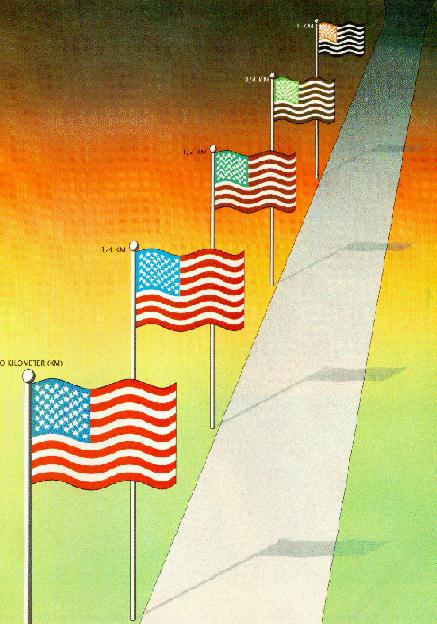
Background
Einstein postulated the existence of the Cosmological Constant in 1917 (or so) and then quickly renounced it (on aesthetic grounds) in the 1920's when Hubble announced that the Universe was expanding. Today, we believe that a nonzero Cosmological Constant could explain the discrepancy between the ages of the oldest stars in the Milky Way and the age of the Universe as implied by the Hubble constant.
The notion that the Cosmological Constant is nonzero is based on the idea that the vacuum can contain energy. In the vacuum, we know that fluctuations lead to the appearance and disappearance of virtual pairs of particles

The vacuum can store a lot of energy and not have been noticed before because, in physics, one usually measures changes in things with respect to the some agreed upon standard. Physicists usually compare things to the vacuum. This is analogous to people defining the heights of mountains with respect to sea level rather than to the center of the Earth. In principle, one could say that Mount Everest was 4,000 miles + 6 miles high, that Mount McKinely was 4,000 miles + ~ 3 miles high, etc. However, because the radius of the Earth is roughly constant, people tend to subtract off the Earth's contribution.
Today, the value measured by WMAP for the Dark Energy is on the order of 70 % of the critical density. Can we understand this based on simple physics.
If one sums up the various contributions to the vacuum (that is, one considers all of the different particles), one arrives at
predicted/observed ~ 10116
This is not good even by astrophysical standards. In order to bring the observed Cosmological constant and its theoretical estimate into line requires that the fluctuations in the vacuum be arranged so that there there is some fierce cancellation going on. This is the grand-daddy of the fine-tuning problems. Without fine-tuning, even if we consider only protons, we predict rather fierce effects in even our everyday perceptions,
